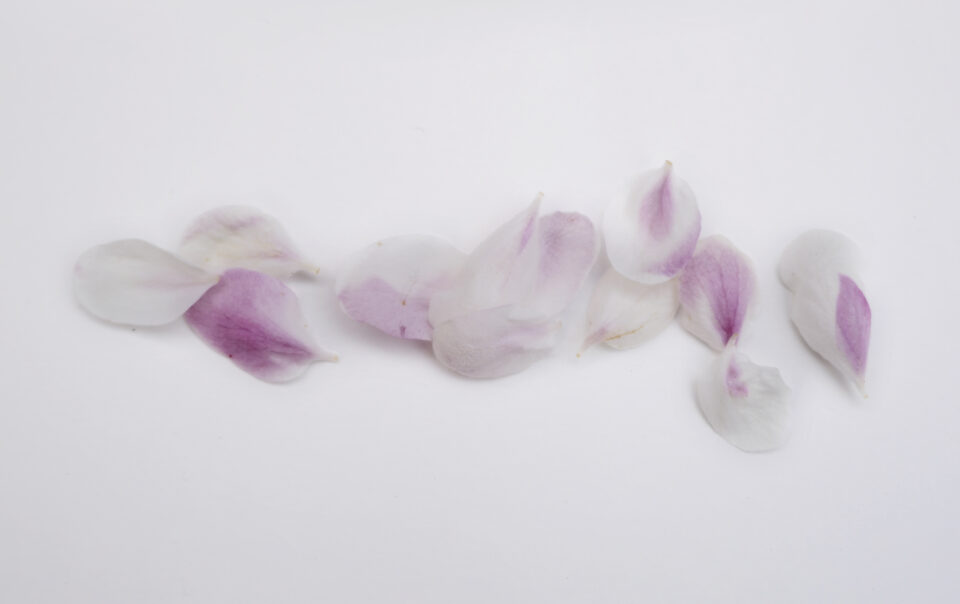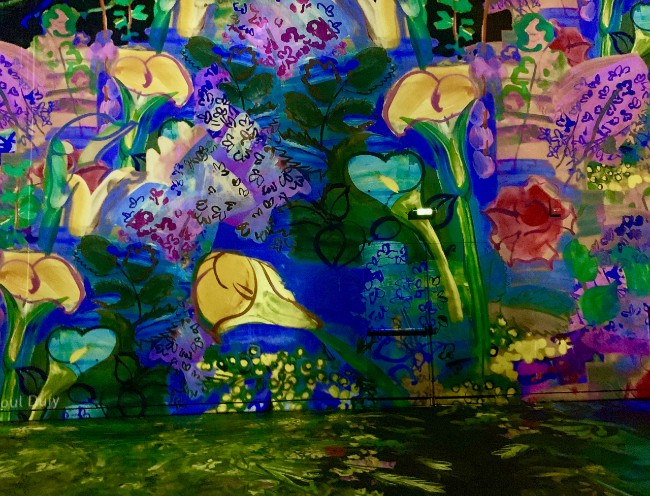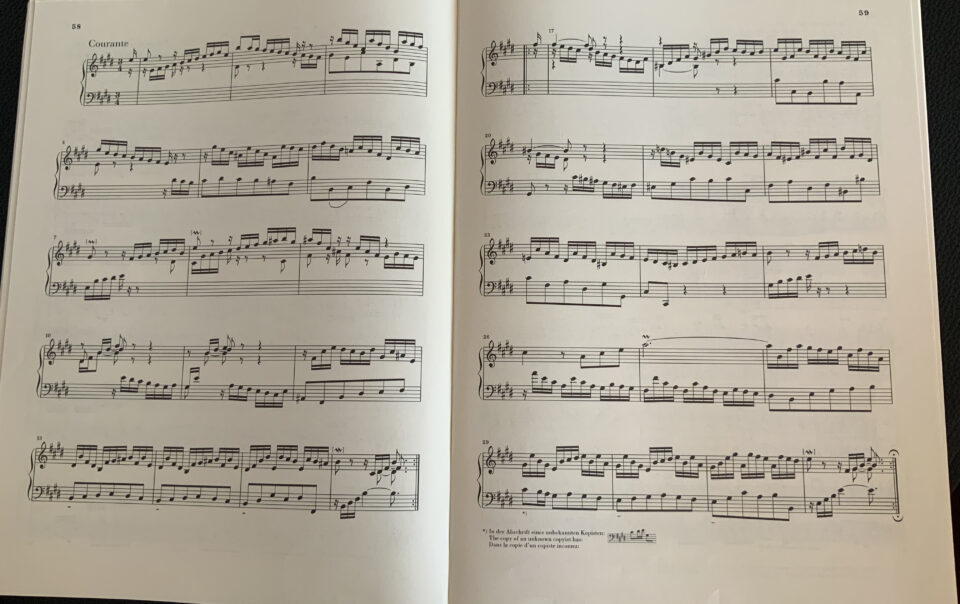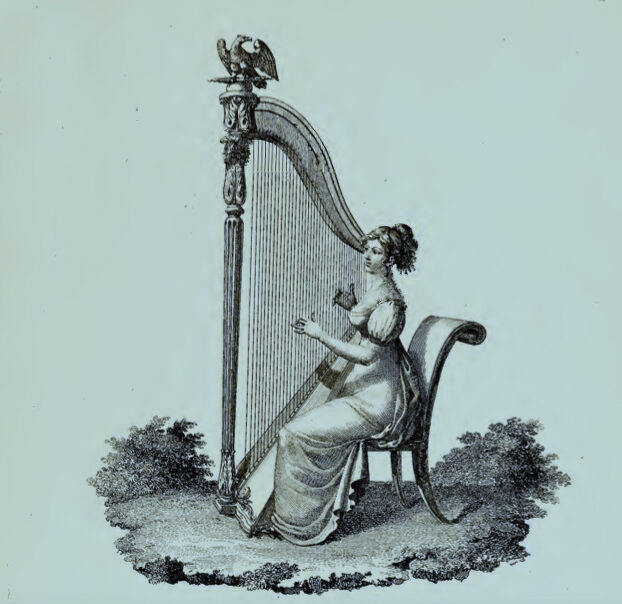After Britten’s Suite for harp, the month of July brings the release of 2 Japanese folksongs by Toshio Hosokawa
This 21st century piece so touched me in the way the composition is build. In the first song(Falling Cherry blossoms) so many different ways of playing are suggested for the harpist; from gong-like-strokes to very thin sound patterns that evoke extreme transparency.
The pedals are used to add even more effect to the sound, in this way not being a shortcoming for the harmonic possibilities but an added value in sonority.
The second song(Lullaby for Itsuki) is a declamation of tradition, using the possibilities of today’s techniques on the harp to make it very fresh but none the less intimate.
In this music you feel the serenity of nature, but also the power it has over us. Music of the 21st century rooted in Japanese tradition.
Playing these pieces addressed all my emotions. Every performance gave me new insights and connected me very strongly with the inexhaustible possibilities of my instrument, in this way abducting my listeners into the wonderful world of Toshio Hosokawa.
This worldwide praised Japanese composer has a large oeuvre of orchestral, chamber and solo music and wrote already quite a lot of pieces for harp (solo as well as chamber music with harp and a harp concerto), obvious that he should be included in my gps for harp repertoire.
Mr. Hosokawa was so kind to answer some questions I have regarding my gps project. Luckily in these Corona times, there is the bliss of email traffic, making it possible to exchange some thoughts between Belgium and Japan.
EG: A lot of composers use harp in their symphonic work to create special colors, very often in a soloist way. Like the piano, the harp can stand on her own in a recital, she doesn’t need accompaniment, still she is very little used for solo repertoire by the great composers of the 20th century. As a composer yourself, can you think of any reason why this phenomenon has occurred?
TH: Unlike the piano, the chromatic scale is not easy for harp and modulating in the tonality is very complex, it needs to be well thought out by the composer. Also compared with piano, the harp has narrow dynamic possibilities. I personally love this limitation of harp but I am not a European composer. As an Asian composer my premiere interest in music instruments, is the color of the sound; harp can produce dreamlike sounds.
EG: When one reads Berlioz’ Traité d’instrumentation d’orchestration and specifically the part of the harp, you find that Berlioz cautions a lot for things that the harp is NOT able to do or what composers should treat carefully. Any thoughts on this?
TH: In Berlioz’ time, the piano was the king of instruments. So for any composer that was used to writing for piano, the harp was very complex and extremely difficult to compose for.
EG: You mentioned that you love the harp. What do you find the unique characteristics of the harp, in other words, why are you attracted to write for this instrument?
TH: I have a lot of dear memories to the Koto, a Japanese instrument. When I was a kid, I often heard my mother playing the Koto at home. For me the harp and the Koto are very related. All my harp music brings back the memories of my home.
EG: Does writing for harp demand another approach in your harmonic thinking because of the pedals and the resonance?
TH: Yes, absolutely! In my compositions I mainly use modal scales to avoid too many pedal changes.
EG: Do you experience any shortcomings on the harp, that you feel can be technically improved by the modern harp builders?
TH: For me there is only one main problem: the strength and projection of the sound. When I was composing the harp concerto I encountered a lot of problems in the balance between the orchestra and the harp.
EG: Is it more difficult to write for harp in comparison to another instrument? Do you have any explanation for why we often have to settle with an Impromptu or Fantaisie and much less with longer, extended pieces like sonatas. Could it be that our sound idiom is related to a specific type of composing?
TH: The reason could be that the sound of the harp is too delicate. Delicate music can’t stand too long by itself, it is too overpowering to listen to for a long time. It is also very difficult as a composer to make a big musical development with such delicate sounds without losing their integrity.
EG: In your work I found the way you use the different sounds of the harp very inspiring. I never once needed to think about damping, false resonance or mixed harmonic chords everything felt so logical. Is the harp more an instrument of the tradition than of the classical culture?
TH: Absolutely. When composing for harp, I think about the Koto all the time. Harp is my Western Koto!
EG: Are there any composers you turn to for research about how to write for harp and if so in which way do they inspire you?
TH: Toru Takemitsu’s Stanza II, Berio’s Sequenza and also Holliger’s Sequenzen really opened my view on harp music. They showed me more possibilities and gave me great inspiration.
EG: What is your feeling about playing scores that are not originally for our instrument. Can we play a piece originally intended for piano on harp to enrich our repertoire?
TH: Honestly, I don’t like them too much, I far more prefer to listen to original harp music!




